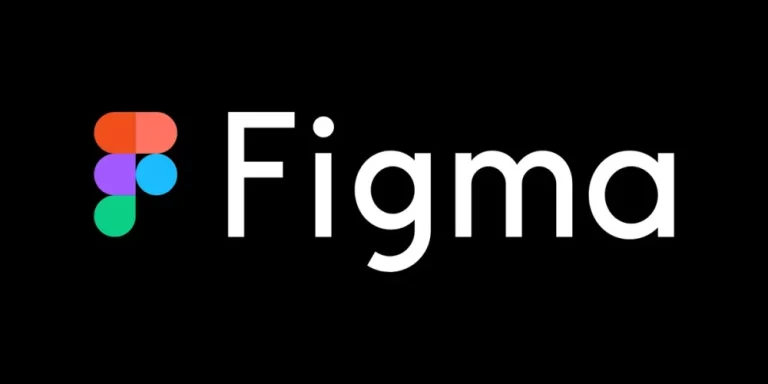In the world of graphic design, there are many different tools and software that you can use to create stunning visuals. One of the most popular tools for design and prototyping is Figma. Figma is a web-based design tool that allows designers to create, share, and collaborate on designs in real-time. It’s a versatile tool that is great for creating everything from user interfaces to complex illustrations. In this blog post, we will take a closer look at Figma and explore its features, benefits, and why it’s such a popular choice for designers.
What is Figma?
Figma is a web-based design tool that allows designers to create and collaborate on designs in real-time. It’s a versatile tool that is great for creating everything from user interfaces to complex illustrations. Figma was first launched in 2016 and has since gained popularity among designers and design teams around the world. The software has a user-friendly interface, making it easy for even beginners to get started with design.
Figma’s Features:
Figma has a wide range of features that make it a popular choice for designers. Here are some of the key features of Figma:
- Real-time collaboration: One of the most significant benefits of Figma is its real-time collaboration feature. This means that designers can work together on a project in real-time, making it easier to collaborate and make changes quickly.
- Responsive design: Figma is built for responsive design, which means that designers can create designs that will adapt to different screen sizes and devices. This is especially important for creating user interfaces that will be used on mobile devices.
- Component library: Figma has a component library that allows designers to reuse design elements across multiple projects. This can save designers a lot of time and effort, especially when working on similar projects.
- Prototyping: Figma also has a built-in prototyping feature that allows designers to create interactive prototypes that can be shared with clients and stakeholders. This is a great way to test designs and get feedback before moving on to the development phase.
- Vector editing: Figma has a powerful vector editing tool that allows designers to create complex illustrations and graphics. The tool is easy to use and can be used to create everything from simple icons to detailed illustrations.
- Plugins: Figma has a wide range of plugins that can be used to extend its functionality. Plugins can be used to add new features, automate tasks, and integrate with other tools.
Benefits of using Figma:
There are many benefits of using Figma for design and prototyping. Here are some of the key benefits:
- Easy collaboration: Figma’s real-time collaboration feature makes it easy for designers to work together on projects, no matter where they are in the world. This can save a lot of time and effort compared to traditional design tools that require designers to share files back and forth.
- Cloud-based: Figma is a cloud-based tool, which means that all designs are saved to the cloud. This makes it easy to access designs from anywhere and on any device. It also means that designers don’t have to worry about losing their work if their computer crashes.
- Cost-effective: Figma is a cost-effective solution for design and prototyping. The software has a free plan that includes basic features, and paid plans are available for teams and businesses that need more advanced features.
- Versatile: Figma is a versatile tool that can be used for a wide range of design projects. From user interfaces to complex illustrations, Figma has the tools and features to handle any project.
- User-friendly: Figma has a user-friendly interface that is easy to navigate, even for beginners. This makes it a great choice for designers who are just getting started with design.
In conclusion, Figma is a powerful and versatile web-based design tool that has become a popular choice for designers and design teams around the world. Its real-time collaboration feature, responsive design capabilities, component library, prototyping feature, vector editing tool, and plugins make it a robust tool for creating stunning designs and prototypes. Additionally, Figma’s cloud-based platform, cost-effectiveness, and user-friendly interface make it a great choice for designers of all levels. Overall, Figma is an excellent option for anyone looking to create high-quality designs quickly and collaboratively.


